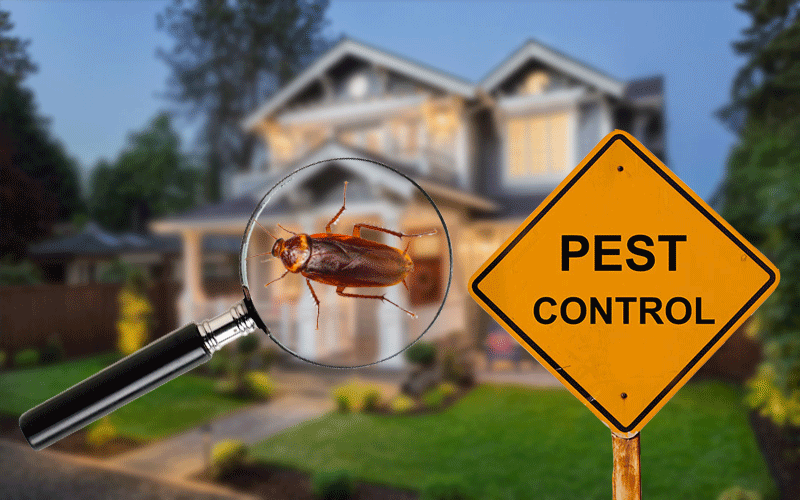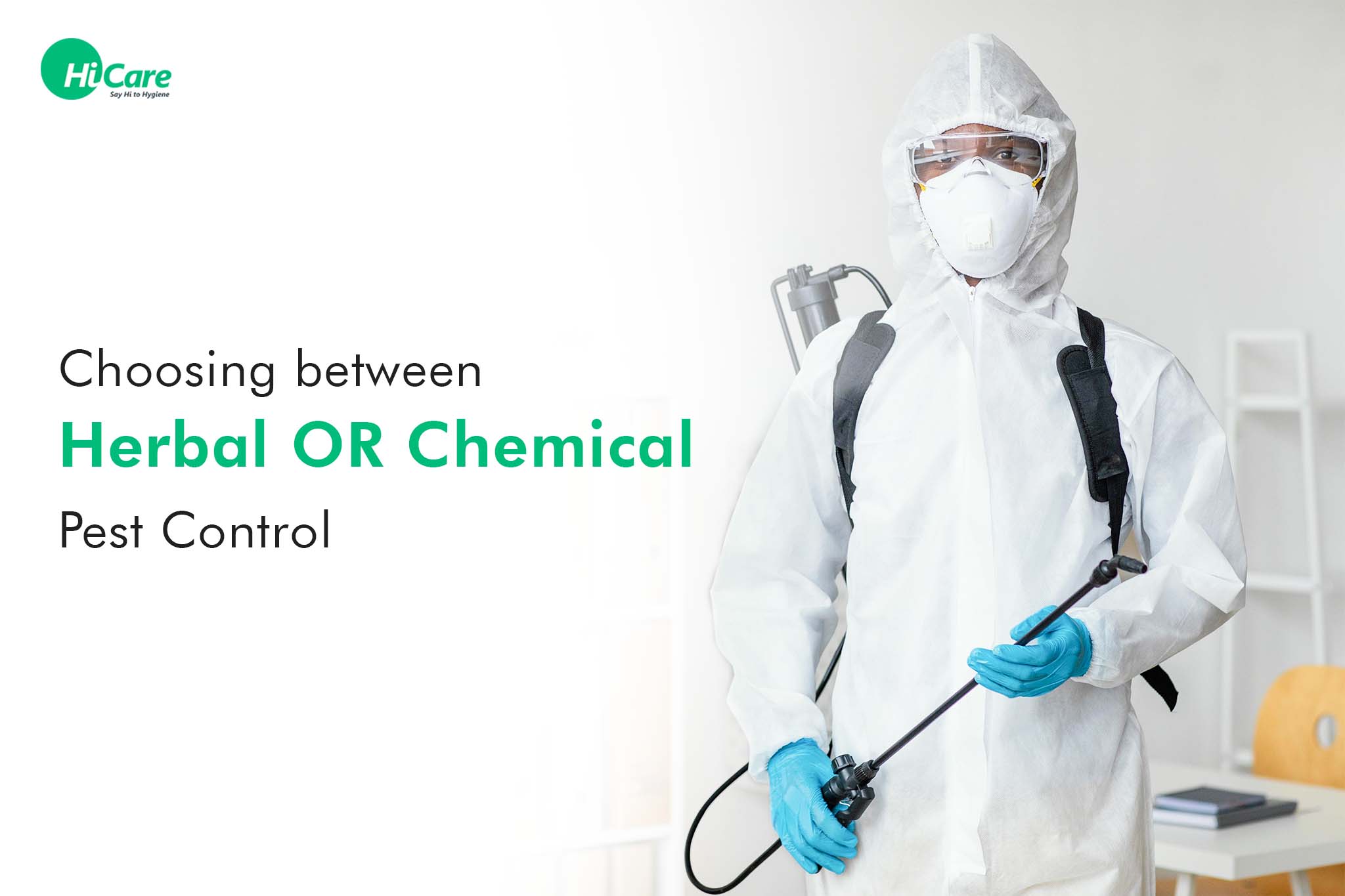Reliable A1 Bed Bug Exterminator Charlotte - Eliminate Bed Bugs Quick
Wiki Article
Bed Pest Treatment Failure: Contrasting Chemical Vs. Non-Chemical Solutions
In the realm of parasite control, especially when handling the relentless problem of bed pests, the option in between chemical and non-chemical therapy solutions can be a pivotal one. Both strategies provide distinctive advantages and downsides, influencing variables such as effectiveness, safety and security considerations, and total cost. By checking out the nuanced details of each technique, a clearer understanding of which path to seek in addressing a bed insect problem can be achieved.Performance of Chemical Treatments
Chemical treatments for bed bug infestations have actually been commonly identified for their fast and powerful efficiency in removing these bugs. When taking into consideration the performance of chemical treatments, it is important to recognize that they can give a thorough and quick service to a bed insect trouble.Moreover, chemical treatments have the benefit of using recurring impacts, indicating that they can continue to get rid of bed pests even after the first application. This residual activity is especially advantageous in combating any type of prospective re-infestations. In addition, the fast action of chemical therapies can bring alleviation to individuals dealing with extreme bed pest infestations, permitting them to gain back control of their home swiftly.
Safety Worry About Chemical Solutions
One vital element that needs cautious consideration when utilizing chemical solutions for bed pest therapy is making certain the safety and security of passengers and the setting. Exposure to certain chemicals utilized in bed bug treatments can lead to respiratory system concerns, skin inflammation, or other unfavorable reactions, specifically in people with pre-existing conditions or sensitivities.Moreover, the ecological effect of chemical services is another substantial consideration. Some pesticides made use of in bed insect treatments might be dangerous to useful insects, wild animals, and environments if they leach right into the soil or water systems. It is important to utilize chemical treatments deliberately, complying with safety standards, and considering much less harmful choices to alleviate these risks and make sure the effective and secure management of bed pest infestations.
Advantages of Non-Chemical Approaches
Taking into consideration the potential safety and security concerns and ecological influence connected with chemical remedies for bed bug therapy, exploring non-chemical methods offers a promising choice with numerous unique advantages. Non-chemical methods provide a more secure option for homes, specifically those with youngsters, individuals, or animals sensitive to extreme chemicals. These strategies eliminate the risks of exposure to hazardous materials, lowering the potential for unfavorable health and wellness impacts. In addition, non-chemical therapies are eco-friendly, as they do not add to air or water pollution, making them a sustainable choice for insect control.Additionally, non-chemical services can be effective in targeting bed pests, consisting of hard-to-reach areas where chemical treatments may not pass through. Approaches such as warm therapy, vacuuming, vapor cleaning, and mattress encasements give detailed obliteration without the usage of damaging chemicals. Furthermore, non-chemical approaches can be much less disruptive, requiring minimal preparation and enabling for quicker reentry into dealt with areas. Overall, deciding for non-chemical bed insect treatment approaches not only focuses on security and environmental defense however also makes certain effective and comprehensive parasite control.
Limitations of Non-Chemical Treatments

In addition, non-chemical therapies frequently call for several applications to achieve effective removal. This can be time-consuming and might not always assure total removal of all bed pests and their eggs, particularly in hard-to-reach or surprise locations.
Moreover, the success of non-chemical treatments greatly depends on correct implementation and thoroughness, A1 charlotte pest control companies which can be testing for individuals without expert knowledge. Poor application of non-chemical methods might result in insufficient eradication, causing persistent invasions and the demand for additional treatments.
Consequently, while non-chemical therapies have their advantages, it is necessary to recognize these restrictions and consider them when establishing the most efficient strategy for managing bed insect problems.
Cost Contrast: Chemical Vs. Non-Chemical Options
Offered the limitations connected with non-chemical therapies, an essential element to examine in the context of bed pest management is the cost comparison in between chemical and non-chemical alternatives. Chemical therapies generally include the application of pesticides by specialists, which can vary from $250 to $900 per area, depending on the seriousness of the invasion and the size of the location to be dealt with. In comparison, non-chemical therapies like warmth therapy or vapor can be more expensive, with costs ranging from $1,000 to $6,000 for an entire home. While the initial cost of chemical treatments may seem lower, multiple therapies might be called for to totally eradicate the infestation, possibly raising the total price. On the various other hand, non-chemical alternatives might supply an extra green and lasting option, although they can be cost-prohibitive for some people. Eventually, when thinking about the cost of bed bug therapy alternatives, it is necessary to weigh the upfront expenditures versus the efficiency and long-lasting sustainability of the chosen approach.Verdict

Taking into consideration the potential safety and security worries and environmental influence connected with chemical solutions for bed pest treatment, discovering non-chemical techniques presents an encouraging alternative with numerous distinct advantages.Given the constraints associated with non-chemical therapies, a vital aspect to examine in the context of bed bug administration is the cost comparison between chemical and non-chemical choices. In contrast, non-chemical treatments like warm treatment or vapor can be much more pricey, with costs varying from $1,000 to $6,000 for an entire home. While the preliminary price of chemical treatments might appear lower, several therapies may be needed to totally eliminate the problem, potentially enhancing the total cost.In final thought, when contrasting chemical and non-chemical bed bug treatment choices, it is essential to think about performance, safety and security, benefits, restrictions, and price.
Report this wiki page